Crataegus mon Biflora Crataegus
An interesting form of the common thorn that can flower twice (hence ‘Biflora’), once in winter and again in spring. It is also semi-evergreen. Legend has it that this tree is linked to Saint Joseph of Arimathea, who when reaching … Read More
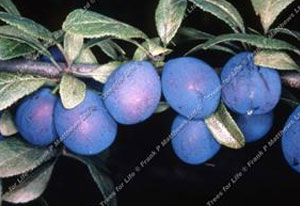
Damson – Farleigh
Very small with a blue-black bloom. Good quality. Known to be very hardy and most likely to crop regularly in northern districts. (Farleigh, Kent 1820)
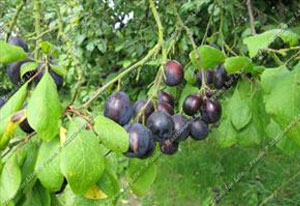
Damson – Merryweather
An unusually large plum sized damson both for dessert and culinary use. Reliable heavy crops. Self fertile. (Nottingham 1907)
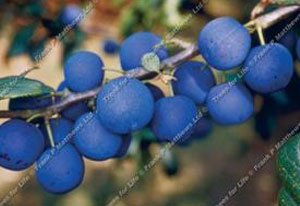
Damson – Shropshire Prune
The ‘Greengage of Damson’. Native of the West Midlands. Small hedgerow damson – very reliable with intense flavour. Similar to the ‘Westmorland’ damson. (Shropshire 17th Century)

Damson – Sweet Prune
The Classic German ‘Hauszwetsche’ sweet prune for traditional plum cake and fresh eating. Size between Shropshire Prune and Merryweather
Fagus syl Purpurea
Selected seedlings with variable shades of purple leaves. An economical way of planting purple beech hedging and to ultimately raise unique specimen parkland trees.
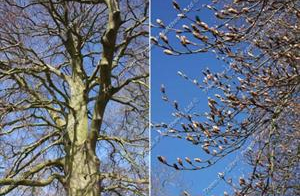
Fagus sylvatica
A large, noble tree or excellent for hedging, this versatile tree has smooth silver-grey bark. Dark green leaves turn rich golden-copper in autumn. Thrives in well drained acid or alkaline soil and will tolerate semi-shade. (Europe)
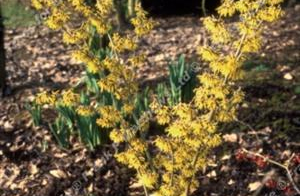
Hamamelis – Hamamelis x intermedia ‘Arnold Promise’
An upright, strong growing, compact form, with freely borne, bright yellow flowers that open later than other varieties. (USA)
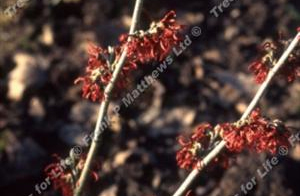
Hamamelis – Hamamelis x intermedia ‘Diane’
An excellent dark red flowered form with good autumn tints to the leaves. Less fragrant than other varieties. (Belgium)
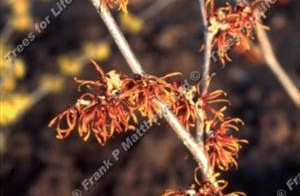
Hamamelis – Hamamelis x intermedia ‘Jelena’
Syn : Hamamelis x intermedia ‘Copper Beauty’ A more vigorous and spreading habit than most with red autumn foliage. Large clusters of rich, coppery orange flowers in February. (Belgium)
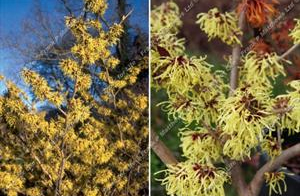
Hamamelis – Hamamelis x intermedia ‘Pallida’
One of the most popular Witch Hazels. The large sulphur-yellow flowers are borne in densely crowded clusters in January and February and have a strong sweet fragrance. Leaves are lustrous and have cheerful yellow tints in autumn.

Malus – Malus Butterball
Heavily laden branches glowing with butter coloured fruit each autumn make this a stunning tree. The apple blossom flowers in spring add to its charm and the fruit are ideal for making crab apple jelly. (N. America)

